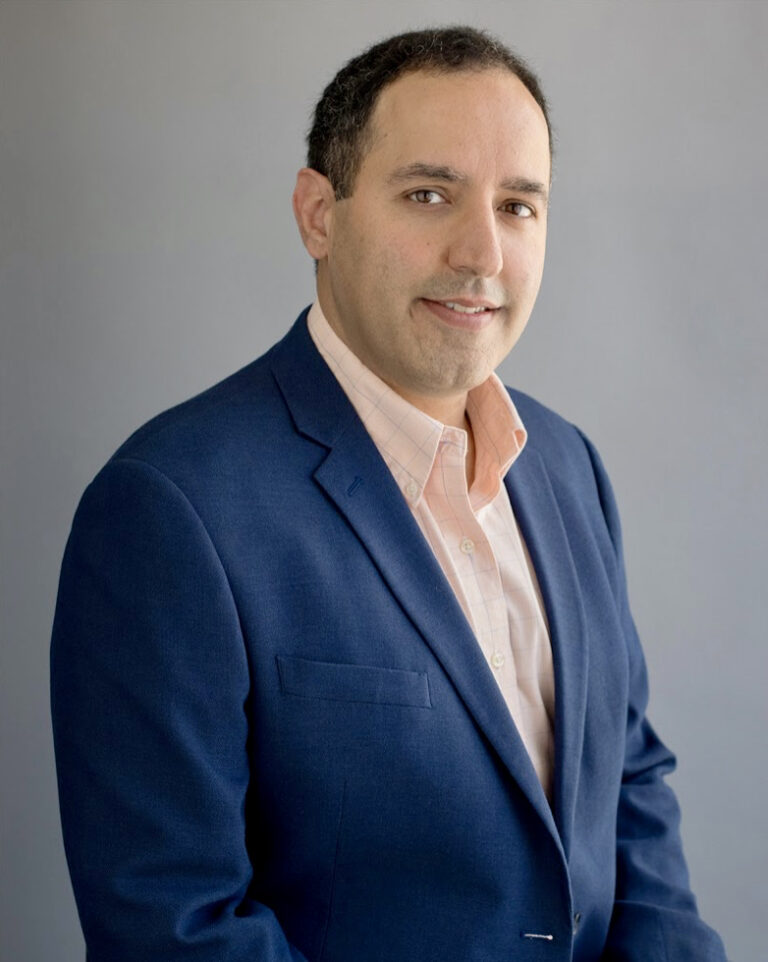Qubit Curious: Part 2
Amidst slight time differences and Zoom link mishaps, Orang Alem hopped onto our video call with a warm welcome. Orang Alem is a co-founder and CEO of FieldLine Medical. The company was founded in December of 2017 with the purpose of developing a non-invasive functional brain imaging technology using quantum sensors. His role in the company began as a scientist, focused on engineering and R&D, but recently has morphed into business development and project management.
Orang’s excitement was infectious as he launched into his explanation of quantum tech with ease, saying, “In general, quantum sensors are any kind of sensing technologies that take advantage of the quantum nature of particles. In our case, we’re leveraging the quantum state of atoms to build ultrasensitive magnetometers, which can be used for a variety of applications, including neural imaging. Considering the human brain is basically a circuit that emanates electric magnetic fields, detecting those magnetic fields can get us information on both the function and nature of the neural signals.” He summarized, “What makes the sensors quantum is that we manipulate quantum states to become very sensitive to magnetic fields.”

Curious about FieldLine’s specific tech, I asked, “Speaking of quantum sensors, what is HEDscan? And what differentiates it from what exists in the market?” Orang replied, “HEDscan, which stands for Human Electrophysiology Direct scanner, is a technology that uses Magnetoencephalography (MEG). MEG images brain activity via the detection of magnetic fields arising from neural activity. MEG has been around for a few decades, but the signals are so weak that you need ultra-sensitive magnetometers to be able to detect them.”
Orang Alem noted that there have been previous quantum technologies that have attempted to capture this ultra-sensitive detection, such as SQUIDs, (superconducting quantum interference devices). However, “SQUIDs have a lot of limitations, mainly due to the fact that they need to be cooled to about 4 degrees Kelvin.” He listed some of these limitations, including the bulkiness of the devices and their inability to be moved, which effectively reduces signal to noise ratios. A signal to noise ratio measures the power of the desired information (signal) versus the power of the undesired or background information (noise). In imaging applications especially, maximizing signal to noise ratios results in clearer images.
Luckily, FieldLine’s technology is different; instead of cryogenics, “it uses a vapor of atoms and doesn’t need to be cooled. As such, HEDscan doesn’t have a lot of the limitations you get from cryogenics. These sensors can be placed directly on the head. By placing over 100 of these sensors around the scalp with close contact, we can optimize signal to noise ratio for everybody, no matter what size or head shape.”
Alem offered examples of applying HEDscan to different settings: “If you want to image infants or children, and if you want to do natural studies such as people talking or so forth,” HEDscan enables one to do that. “Ideally,” he says, “we would love to see HEDscan in every hospital or imaging center around the world. With the advantages provided by these quantum sensors, we hope to see MEG being used for everything from traumatic brain injury, to early detection of dementia and Alzheimer’s, to autism screening in younger children, to a variety of fundamental research to better understand the brain and dysfunction. And so I think a lot of these applications could lead MEG to become ubiquitous and a standard tool.”
Beyond the clinical applications of tech, I asked, “How do you think FieldLine’s technology fits in the wellness space?”
“I think HEDscan will be in wellness centers! There are other companies that are emerging that want to take advantage of MEG to do base scan studies of individuals to see how their algorithms or different brain rhythms are evolving as people age or experience different diseases and disorders. There’s definitely a market for that, and I think even next year there should be some of our systems in wellness centers.”
Speaking of trends, I inquired if there are other trends or cross-technology collaborations he foresees in this quantum technology or quantum sensor space. Alem responded, “Sure. One example is atomic magnetometers, also called OPMs. In non-medical applications, OPMs are being used for monitoring the Earth’s magnetic field from orbit in satellites, or even detecting magnetic anomalies in military applications.” Also, he noted potential collaborations between quantum sensor tech with AI. “I can definitely see some collaborations between us and an AI company that’s doing more sophisticated signal analysis or signal processing on neural images.”
As our call concluded, I thanked Alem for his time and dedication to quantum space. Quantum sensors may be new to the general public, and the breadth of their applications are only beginning to emerge.
Excited about quantum sensors? Feel free to ask any follow up questions to Orang Alem here. We would like to thank Orang Alem and everyone at FieldLine Inc. for taking the time to speak with us! Come back next time for more expert insight on quantum space.




